The 8 most Earth-shattering asteroid discoveries of 2023
This year was one of the biggest ever for asteroid science, with NASA's triumphant return from asteroid Bennu, the grand reveal of organic molecules from asteroid Ryugu, a close look at the gory aftermath of an asteroid collision, and more.
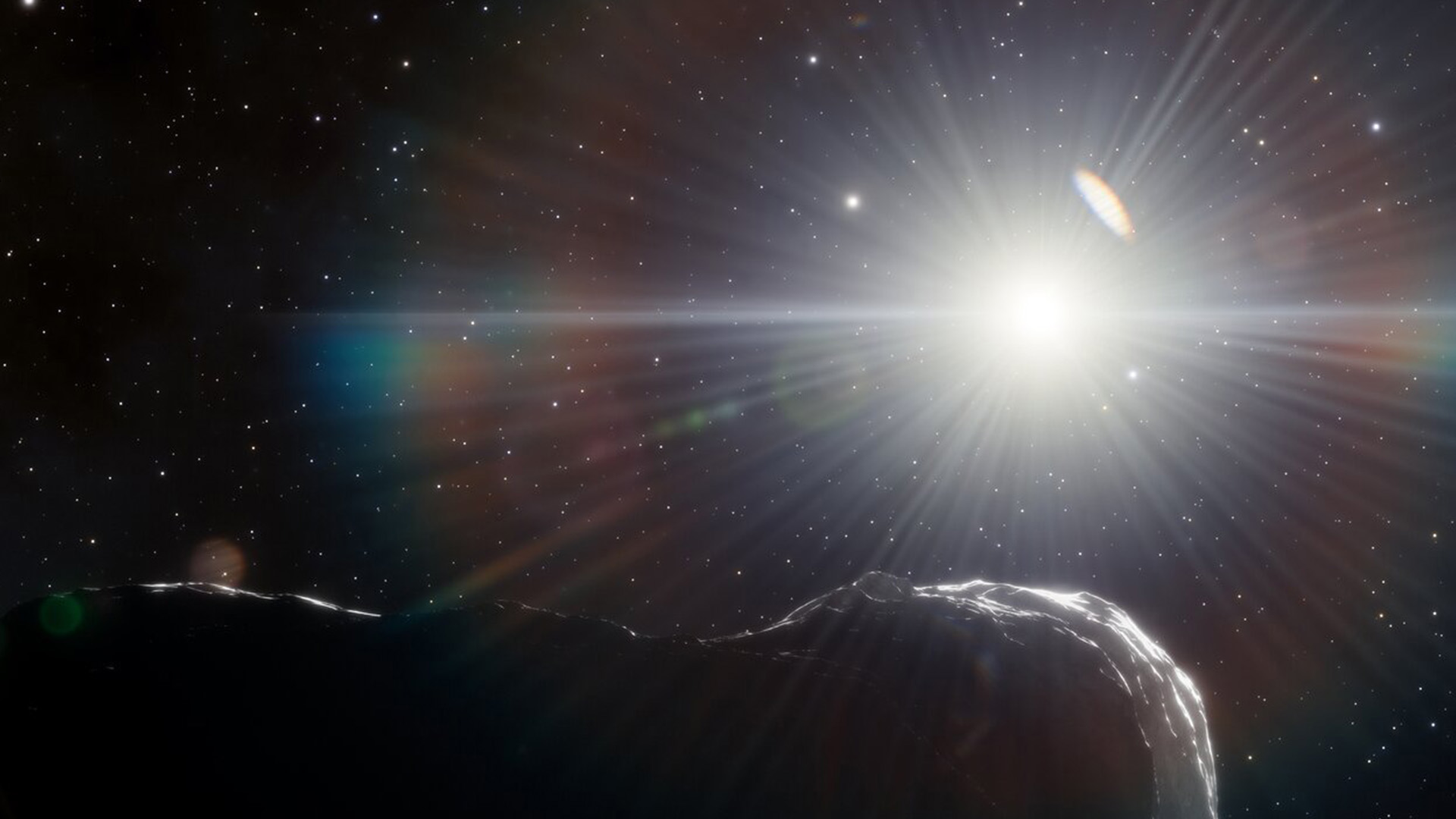
Swarming through our solar system by the millions, asteroids are roving space rocks that carry clues to our universe's past — and the potential to destroy our future. In 2023, astronomers made enormous strides in studying these elusive objects. Two ambitious, multi-year missions to collect asteroid samples from space bore fruit and revealed that the building blocks of life were mixed in with the cosmic rubble. Elsewhere, NASA researchers continued studying the gory aftermath of the Double Asteroid Redirection Test (DART) — humanity's first attempt to knock a potentially hazardous asteroid off course — while astronomers warned Live Science that the next killer asteroid could lurk hidden in the sun's glare.
Here's a recap of those exciting stories to remind you that space rocks.
'Seeds of life' on Ryugu

In several studies published in February and March, scientists unveiled their long-awaited analysis of dust gathered from the surface of the "spinning top" asteroid Ryugu. The first study revealed the presence of molecules that are crucial to all known life, including 15 amino acids — the building blocks of proteins. The second study added the detection of uracil, one of the four nucleobases of RNA, a protein-synthesizing molecule present in all living things.
Japan's Hayabusa2 spacecraft collected the sample of asteroid Ryugu in 2018 before returning it to Earth in 2020. This year's analysis removed any doubt that many of the building blocks of life are present in space — and may even be delivered to young planets via asteroid impacts. The remarkable findings led study author Yasuhiro Oba, an astrochemist at Hokkaido University in Japan, to tell Live Science: "It is difficult to exclude the possibility that some forms of life are present in extraterrestrial environments."
OSIRIS-REx returns 'unknown material'
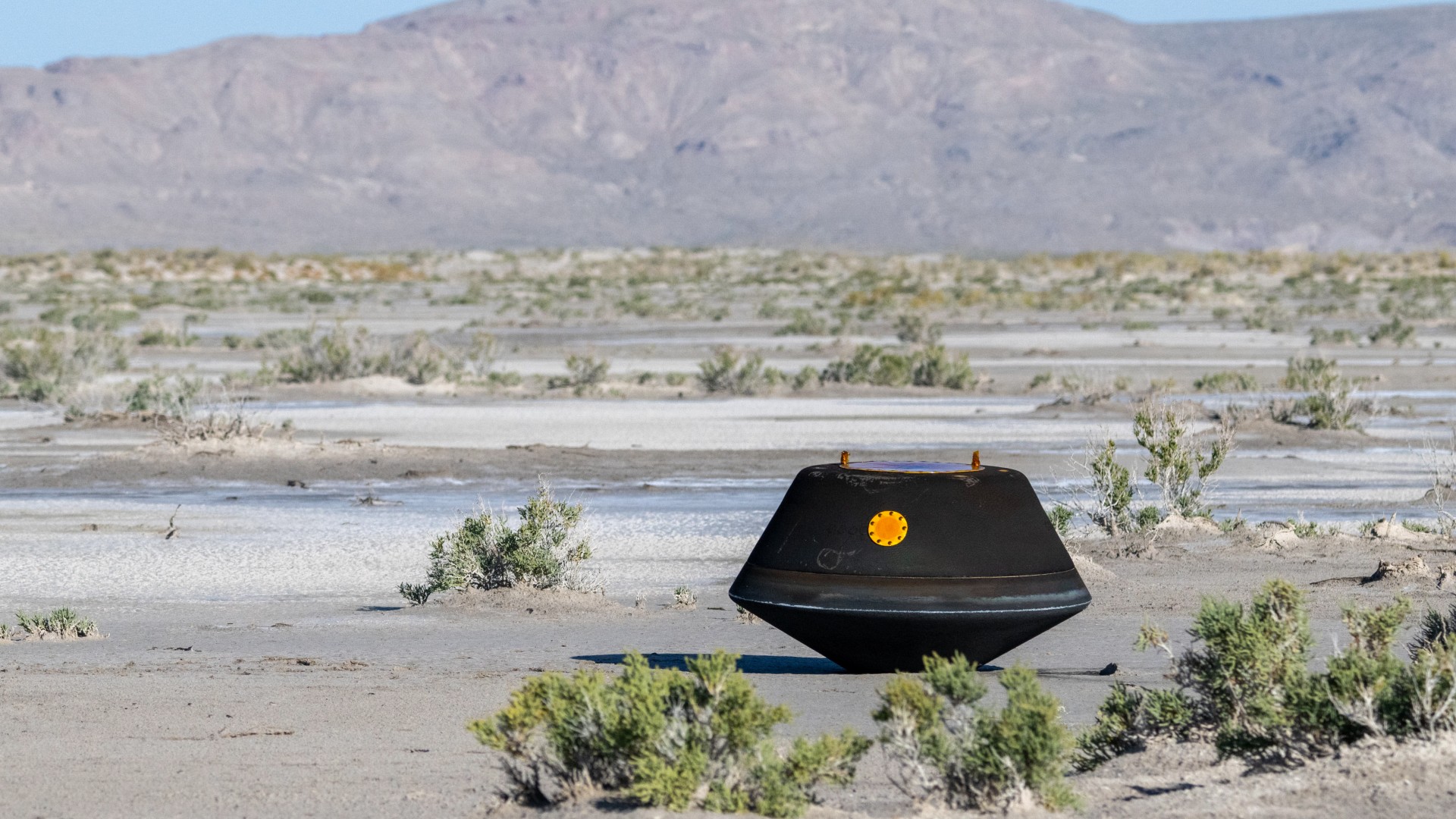
Not to let Japan grab all the extraterrestrial glory, NASA completed its own seven-year OSIRIS REx mission to retrieve a sample of the asteroid Bennu — the most dangerous known asteroid in the solar system — successfully dropping a metallic black sample return capsule into the Utah desert on Sept. 24.
Within weeks, NASA scientists were analyzing the powdery black surface material while sending smaller packets of the sample to labs around the world. NASA's preliminary analysis showed that Bennu is not only rich in water and organic molecules that are crucial to life on Earth, but it also has an unknown material that scientists have yet to identify. Stick around for more on this story in 2024.
Hidden 'planet killers' await us

Last year, astronomers discovered a mile-wide ( 1.6 kilometers) "planet killer" asteroid in the sun's glare, which had apparently evaded detection for decades. The asteroid poses no threat to Earth for at least 1,000 years — but its surprise discovery made us at Live Science wonder: Are there more potentially deadly asteroids out there, orbiting just out of sight?
In a special investigation, Live Science spoke to astronomers who said there are "definitely" more giant asteroids hidden in the sun's glare, as well as countless smaller ones that could unleash significant regional damage were they to sneak into Earth's orbit. Detecting asteroids near the sun requires purpose-built infrared space telescopes, which both NASA and the European Space Agency (ESA) are hoping to deploy in the coming decade.
DART worked — and left a huge mess
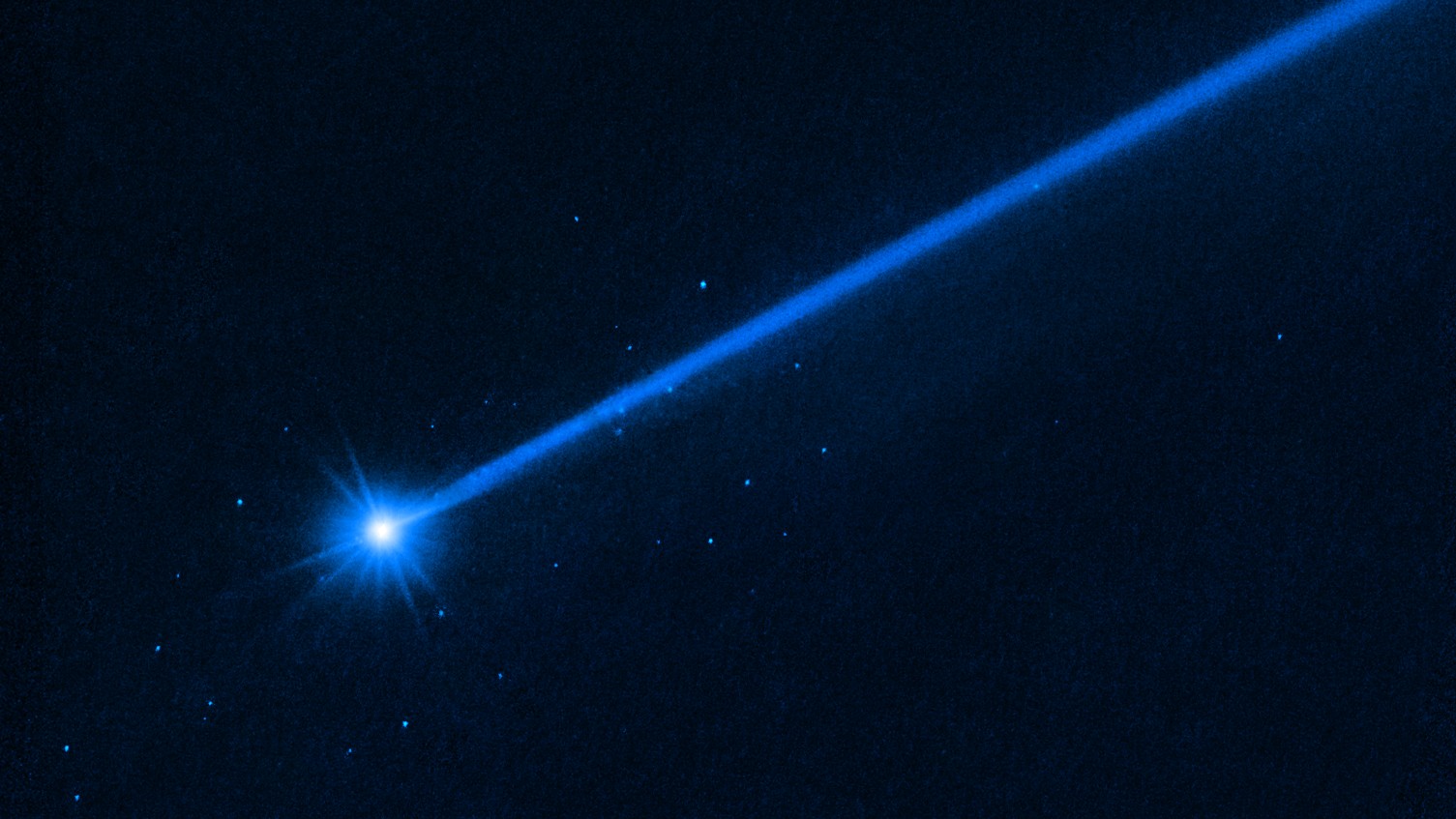
When NASA intentionally collided its DART spacecraft with the binary asteroid Dimorphos last September, scientists expected to alter the space rock's orbit around its partner asteroid by at least 72 seconds. In the end, the impact changed Dimorphos' orbit by a whopping 33 minutes, a series of papers published in March found.
This significant change was thanks to the force of the spacecraft's impact and the massive plume of debris that spewed from Dimorphos after the collision. This epic plume, along with a "swarm of boulders" that were jettisoned from the asteroid's surface, were captured in vivid detail in new Hubble Telescope images released in July.
This mess is a good thing; it proves that DART was successful in changing the target asteroid's trajectory, vindicating the "kinetic impactor" method of asteroid deflection. That's good to know, if a rock like Dimorphos ever poses a clear threat of striking Earth. (Thankfully, no known asteroids pose such a threat for at least 100 years.)
When in doubt, nuke it out
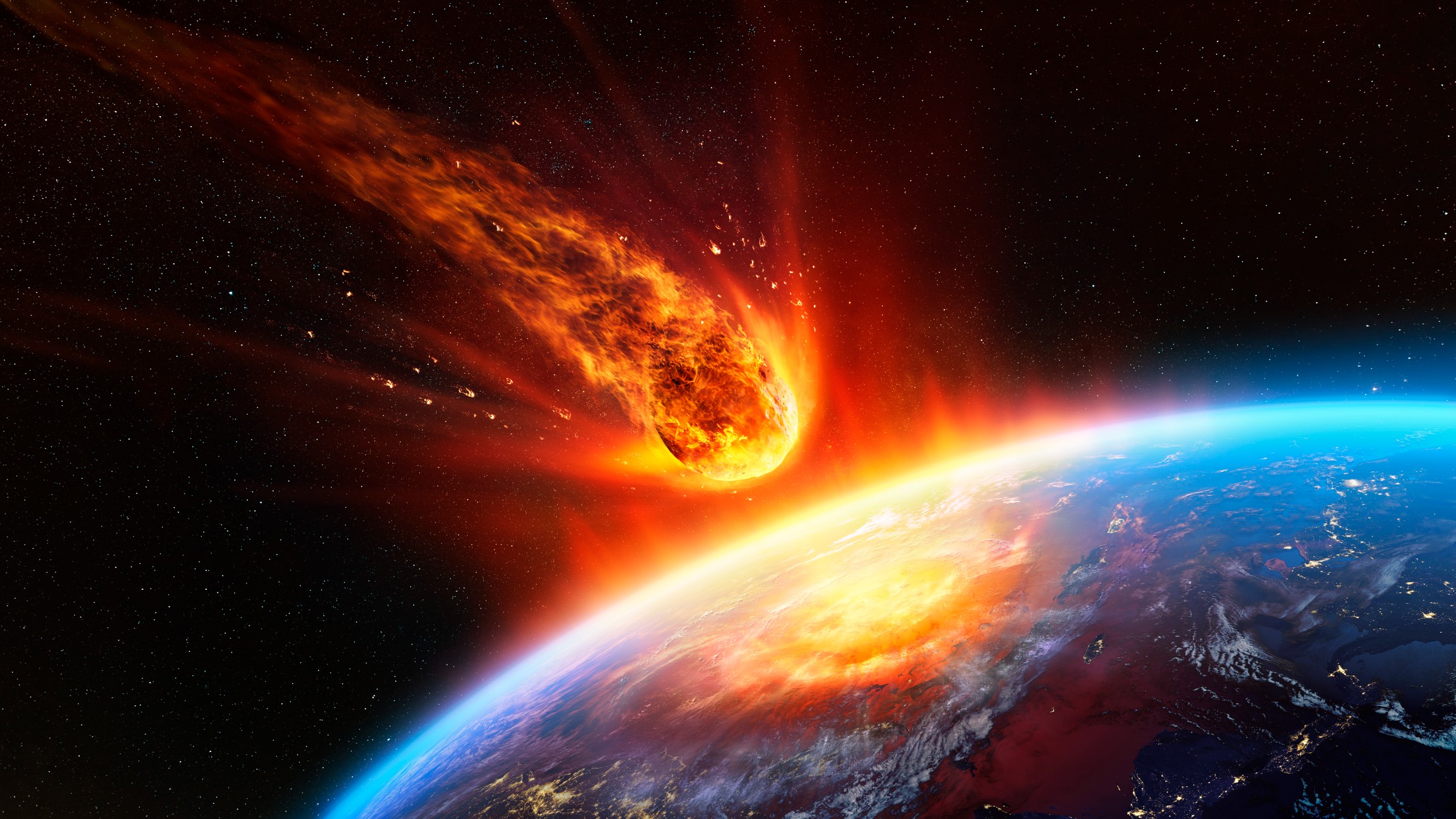
While DART worked even better than expected, the logistics of actually saving Earth from an incoming asteroid might be far trickier than this mission suggests. At the International Academy of Astronautics Planetary Defense Conference held earlier this year, scientists were tasked with deflecting a hypothetical asteroid measuring about three times the size of Dimorphos. The team's simulations showed that redirecting such a whopper of a rock would require simultaneously launching between 39 and 85 rockets carrying kinetic impactors — a "completely impractical" solution, conference participant Brent Barbee, an aerospace engineer at NASA's Goddard Spaceflight Center, told Live Science.
The better solution, according to the simulations, is to detonate a single nuclear explosive near the asteroid. Such a blast would instantly vaporize the rock's outer layer, kicking up a gargantuan debris plume capable of shoving the asteroid off its collision course. But in either case — the kinetic impactors, or the nuke — scientists would likely need at least five years of planning to get the job done, so the sooner we can detect any potentially hazardous asteroids, the better.
A 'dinky' surprise
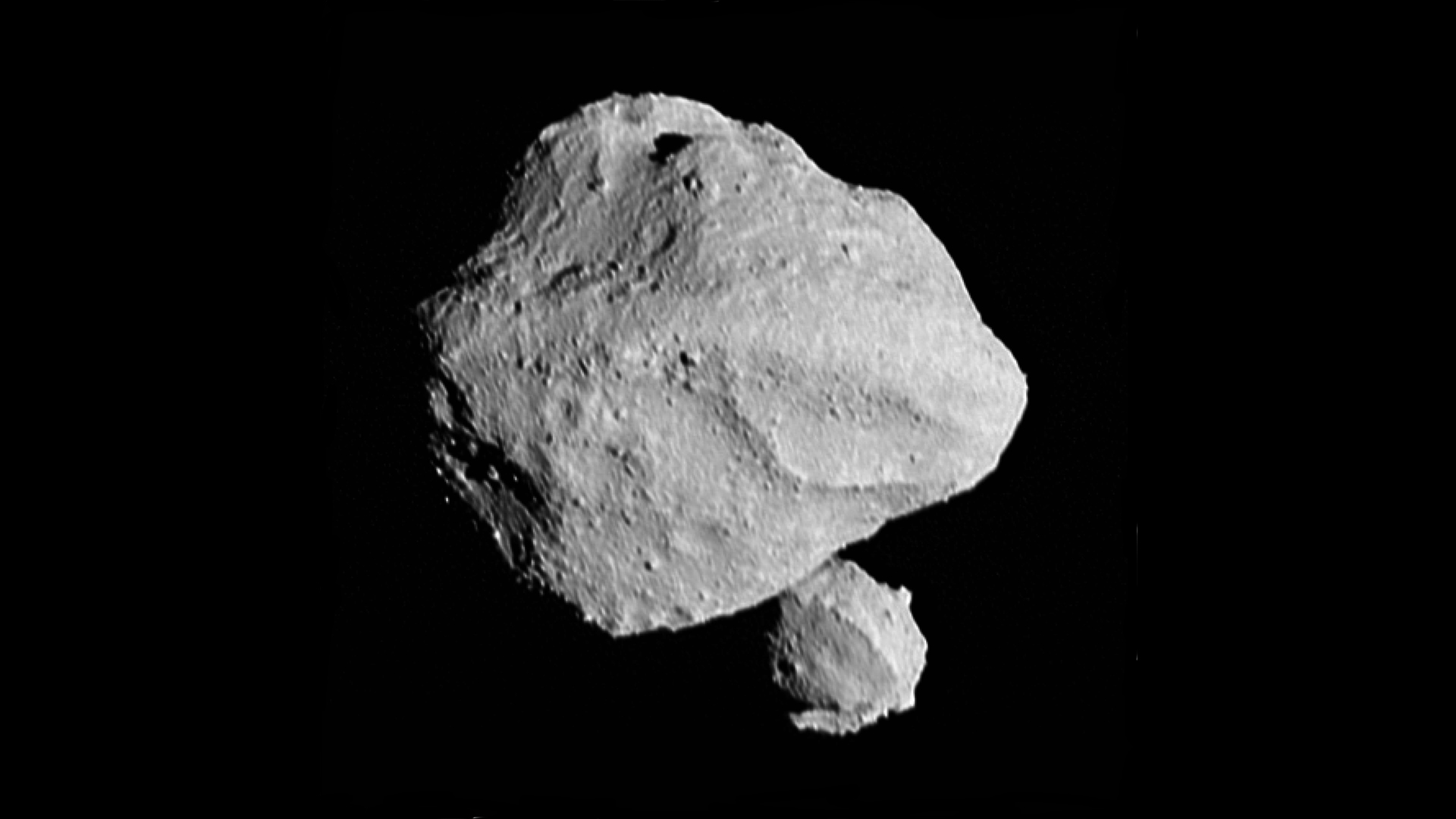
In November, NASA's Lucy spacecraft made a close flyby of the half-mile-wide (0.8 km) asteroid Dinkinesh, which orbits in the main asteroid belt between Mars and Jupiter. In the weeks leading up to the close approach, astronomers noticed a strange flickering from the asteroid. The reason, they found out, was that Dinkinesh has a secret moon — a tiny 0.15 mile wide (220 m) rock that passes periodically in front of its larger companion, causing the flicker.
Dinkinesh is the smallest asteroid ever explored by a spacecraft, and there's no way these observations could have been made from Earth — a good reminder that the best way to study asteroids is to get up close and personal.
An even dinkier surprise…
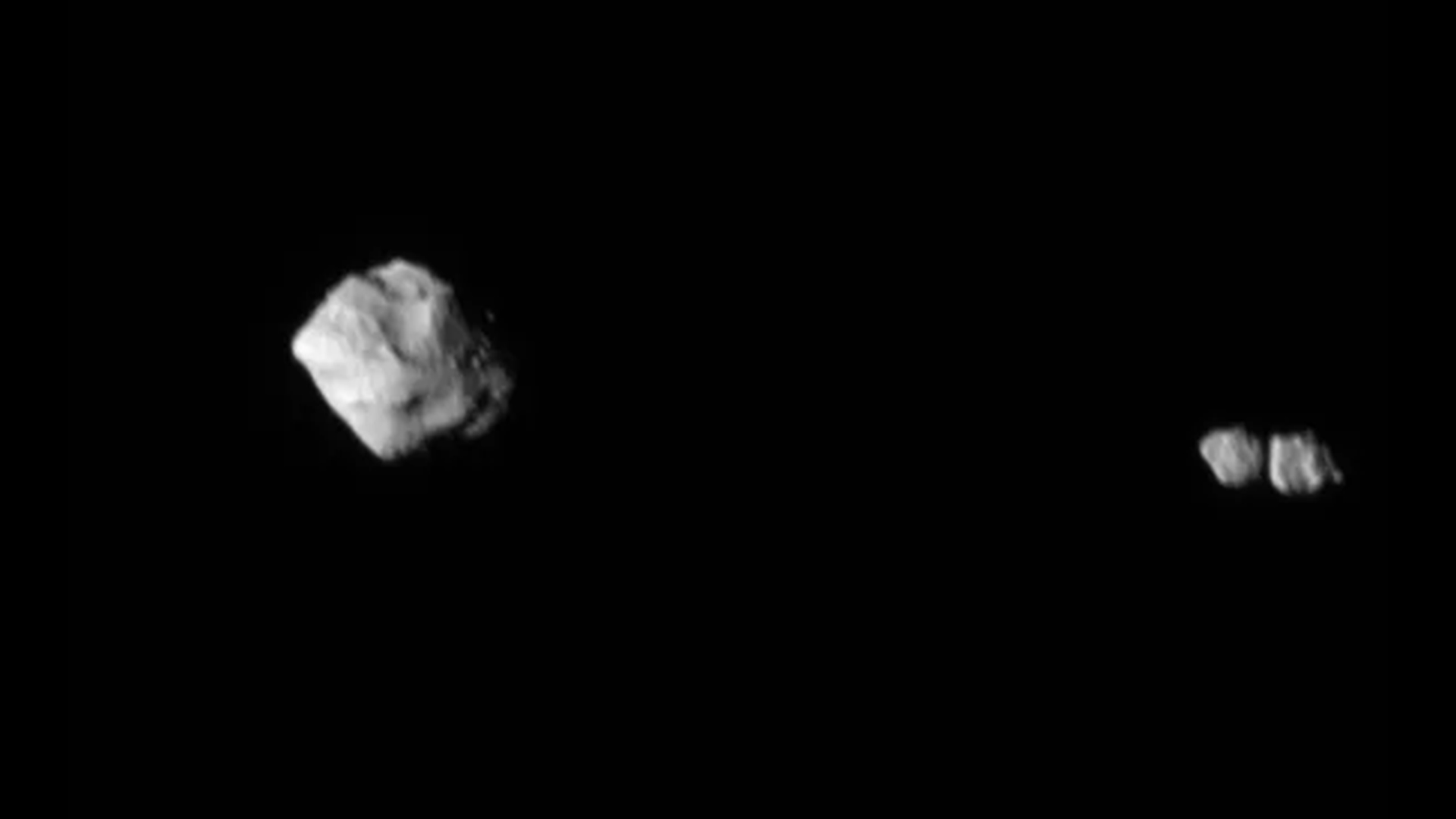
But there's another twist: Dinkinesh's secret moon turned out to be two tiny moons touching. Known as a contact binary, the moons take on a peanut shape that has been observed in much larger asteroids in our solar system but never in rocks as tiny as these. As Lucy continues its journey toward Jupiter to study a group of asteroids known as the Trojans, more surprises will surely follow.
A lunar visitor
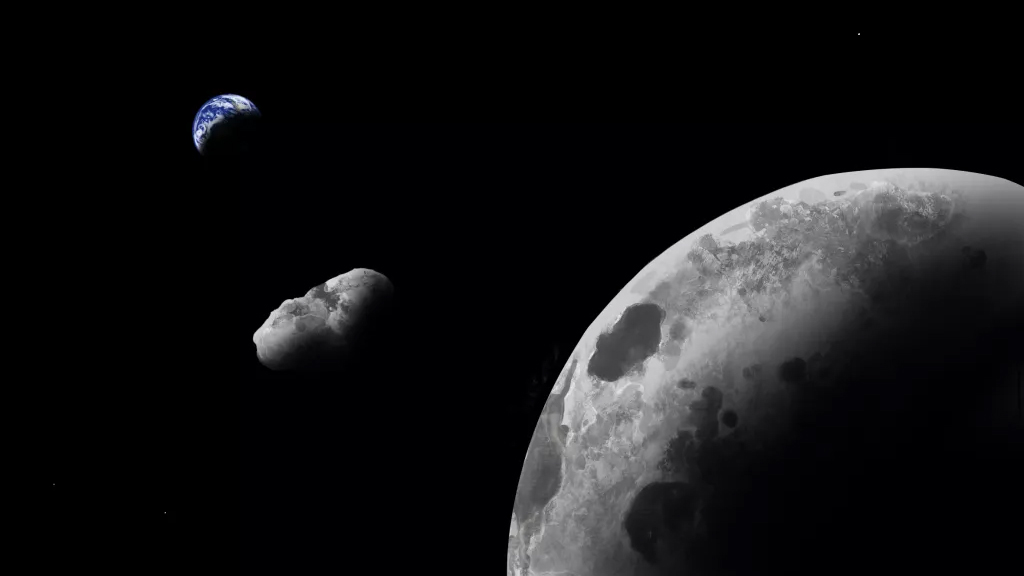
Finally, another asteroid turned out to be more than it seemed this year. Kamo'oalewa, a Ferris-wheel-size rock chunk that passes within 9 million miles (14.4 million km) of Earth every April, may actually be a piece of the moon that got blasted off in an ancient impact.
Prior studies had shown that the rock has a similar composition to the moon, but a paper published in October calculated how an ancient asteroid impact on the moon could have sent Kamo'oalewa flying into its current trajectory near Earth. What's more, the study found there could be other chunks of the lunar surface orbiting near our planet that were launched into space by the same impact or similar ones. Simply put: Earth may have more moons than we thought.
Sign up for the Live Science daily newsletter now
Get the world’s most fascinating discoveries delivered straight to your inbox.

Brandon is the space/physics editor at Live Science. His writing has appeared in The Washington Post, Reader's Digest, CBS.com, the Richard Dawkins Foundation website and other outlets. He holds a bachelor's degree in creative writing from the University of Arizona, with minors in journalism and media arts. He enjoys writing most about space, geoscience and the mysteries of the universe.










